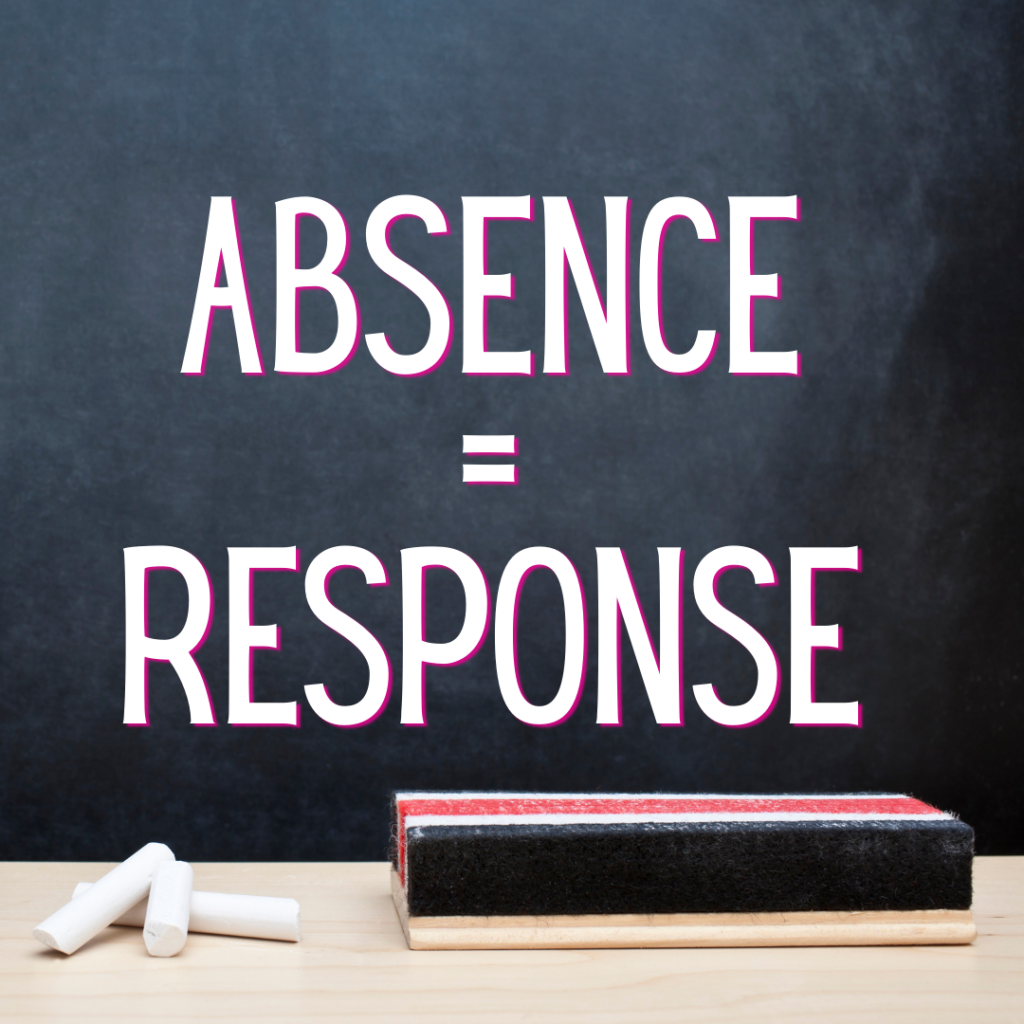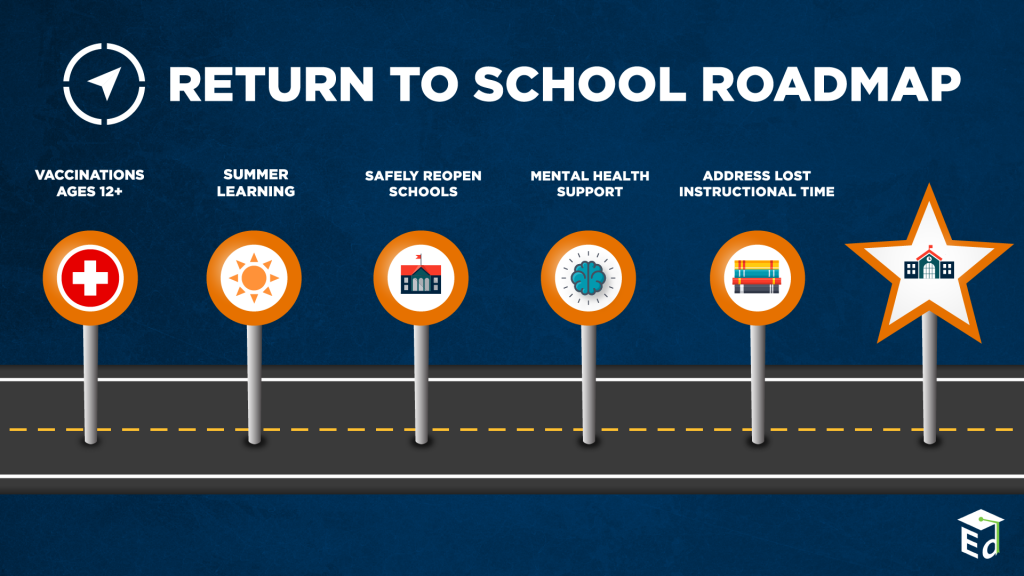School avoidance brings a new set of questions and challenges for schools. The responsibility of who will be involved in helping the student gets complicated.
Each school district has its own set of attitudes and beliefs toward mental health, school avoidance, and their school’s role.
- Some schools feel it is not their place to engage with the student outside of the school building.
- Other schools will do whatever they can to get the student back into the building and if that means going to a student’s home; they will.
- And some schools are trying to figure out their role.
In addition to a mental health provider and the parents, the school should actively participate in getting these kids back to school. Their contributions are necessary for a reintegration process work.
The best outcomes will happen when schools intervene as early as they can. Once school staff or a parent sees a pattern of missing school, the school should take proactive steps toward helping the family. Quick action not only saves students; it also allows schools to contain their time and resources expended.
The first line of evidence-based treatment for school avoidance is exposure therapy. So, it would be beneficial for the school team to understand the core principles of exposure.
Exposure therapy is a slow process of confronting fears based on a hierarchy from least anxiety-provoking to most. With each level of mastery, the child sees they could handle that exposure and can continue along their ladder of exposures.
Doing exposure therapy with a school-avoidant child requires a mental health professional working alongside the child as they work on their exposures. It may require the professional to go to the student’s home as they start the process.

When Pat Hovey, the Executive Director of Thrive Alliance Group, was the Director of Special Education for a large New Jersey school district, she worked with many school avoidant kids. She said she would often visit student’s homes to build trust and connections to help get the student back to school. She said these efforts worked and would advise other leaders to take the necessary steps to get these kids back in the building.
Ray Renshaw, the Director of Special Education at the Westwood Regional School District in New Jersey, utilizes a partnering mental health provider to send a therapist to the student’s house. Once they get the child back in the building, they have their own program to transition them back to school.
Dr. Jonathan Dalton from the Center for Anxiety and Behavioral Change in Rockville, MD, is a leading clinician and educator promoting best practices to help school-avoidant kids.
He recently said, “when it comes to anxiety disorders…and this is hard for me to say; among the clinicians in the country who work with kids from a mental health standpoint, only about 12% of them are trained in the proper techniques to treat these kids with exposure therapy.”
Dr. Dalton goes on to say;
“The best possible solution for this lack of training is to empower our school’s mental health professionals with the proper training to help these kids.”
The role of special education directors, the schools’ psychologists, and mental health staff take on an even more significant role due to the shortage of mental health professionals and the lack of adequately trained therapists in private practice.

The U.S. Department of Education recently released their “Return to School Roadmap.” Their first two priorities for schools are
(1) prioritizing the health and safety of students, staff, and educators, (2) building school communities and supporting students’ social, emotional, and mental health.
In addition, they have provided $122 billion in support through the American Rescue Plan Elementary and Secondary School Emergency Relief Fund for K-12 schools.
And they released over $3 billion in IDEA funds within the American Rescue Plan to support children and families with disabilities impacted by the pandemic.
The money is there. Let’s make sure some is allocated to help our schools build up their mental health staff and training to support the needs of our kids.
Kids with school avoidance need help, and now it’s up to our schools to use their resources and help these kids.






